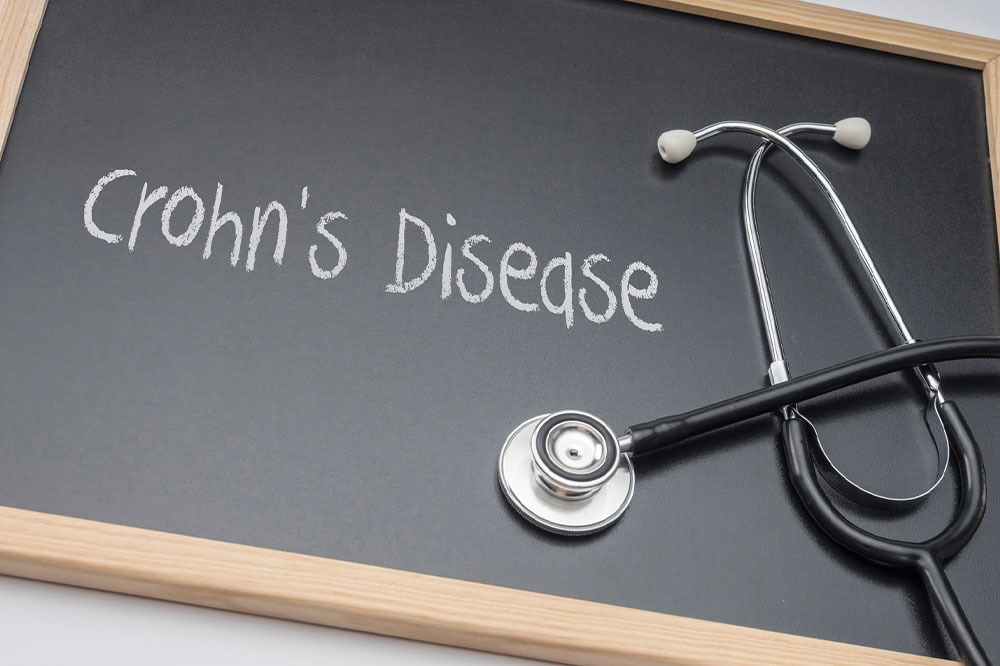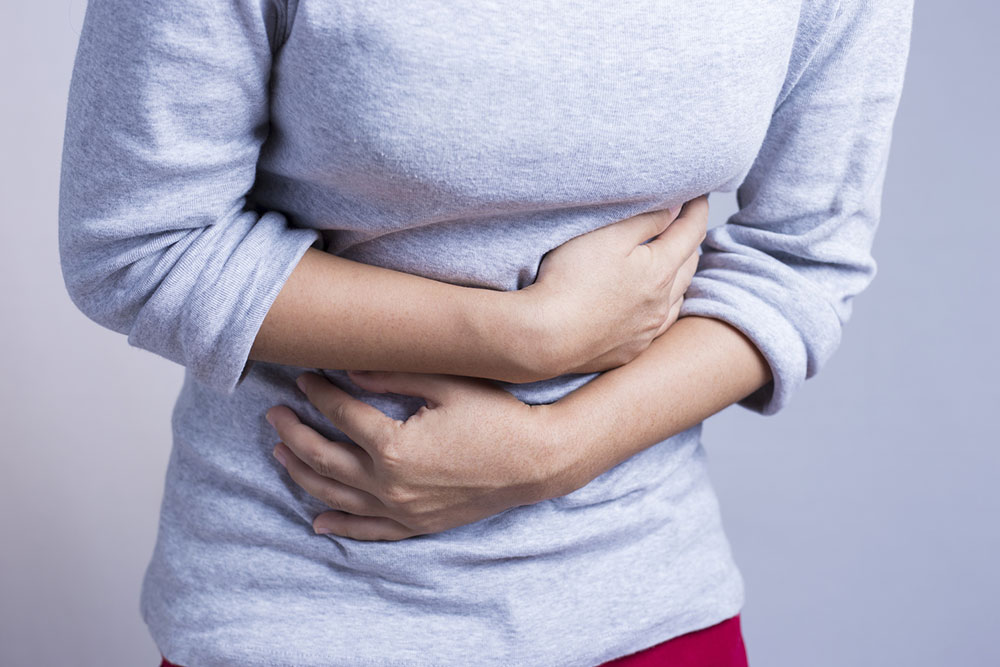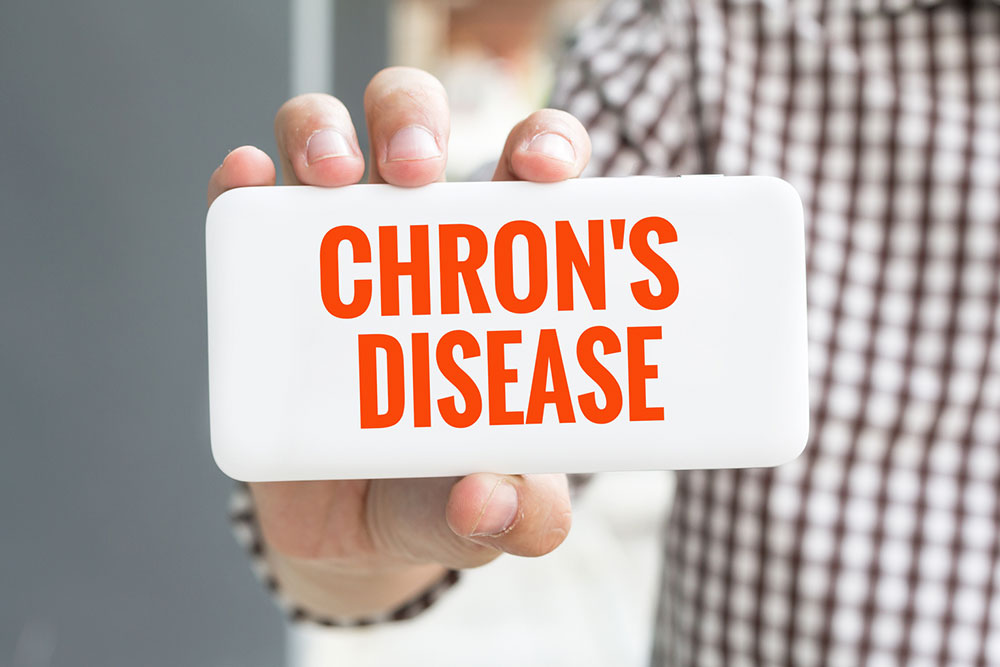Understanding Crohn's Disease: Symptoms, Types, and Treatment Options
This article offers a comprehensive overview of Crohn’s disease, covering its symptoms, types, treatment options, and risk factors. It explains how the condition affects the digestive tract, highlights different forms of Crohn’s, and discusses management strategies. While there’s no cure, effective therapies can control symptoms and improve quality of life. The piece emphasizes the importance of personalized medical consultation and lifestyle adjustments for better disease management, ensuring readers are well-informed about this chronic gastrointestinal disorder.

Understanding Crohn's Disease: Symptoms, Types, and Treatment Options
Crohn’s disease, also called regional enteritis or ileitis, is a chronic inflammatory condition affecting the digestive tract. It leads to swelling, irritation, and damage in various parts of the gastrointestinal system. Symptoms often include abdominal cramps, diarrhea, weight loss, and rectal bleeding. While there’s no cure, various therapies help control symptoms and improve quality of life. This article explores the signs, different forms, treatment approaches, and risk factors associated with Crohn’s disease.
Recognizing Crohn’s Disease Symptoms
Symptoms tend to develop gradually and may intensify over time. Sudden, rapid symptom onset is uncommon. Initial signs include diarrhea, abdominal cramps, blood in stool, fever, fatigue, decreased appetite, unexplained weight loss, frequent urination, and a persistent feeling of fullness. As the disease progresses, severe symptoms like perianal fistulas, skin ulcers, joint inflammation, anemia, and perianal pain can emerge.
Types of Crohn’s Disease
Crohn’s can affect multiple locations within the digestive system, leading to different classifications:
Ileocolitis: Inflammation of the small intestine and part of the large intestine, this is the most prevalent form.
Ileitis: Swelling specifically in the ileum, the last part of the small intestine.
Gastroduodenal Crohn’s: Affects the stomach and beginning of the small intestine, causing irritation and inflammation.
Jejunoileitis: Patchy inflammation in the upper part of the small intestine, called the jejunum.
Managing Crohn’s Disease: Treatment Strategies
Since there is no definitive cure, treatment centers on reducing inflammation, alleviating symptoms, and preventing complications. Goals include achieving long-term remission and improving quality of life. Approaches include anti-inflammatory medications, immune system suppressors, biologics targeting immune responses, antibiotics, and in some cases, surgery. Surgical intervention is usually considered when other therapies fail to provide relief, primarily to remove damaged sections or manage complications—though it does not cure the disease. Treatment plans are tailored individually based on specific symptoms and disease severity. Consulting a healthcare professional is essential for personalized management.
Risk Factors for Crohn’s Disease
Genetics play a significant role; family history increases susceptibility. Smoking also raises the likelihood of developing Crohn’s. Certain medications, such as antibiotics, aspirin, or birth control pills, may slightly elevate risk. Diets high in fat content can contribute as well. Living with Crohn’s can be challenging, but proper treatment and lifestyle adjustments enable many patients to lead active, fulfilling lives despite flare-ups and ongoing medical needs.










